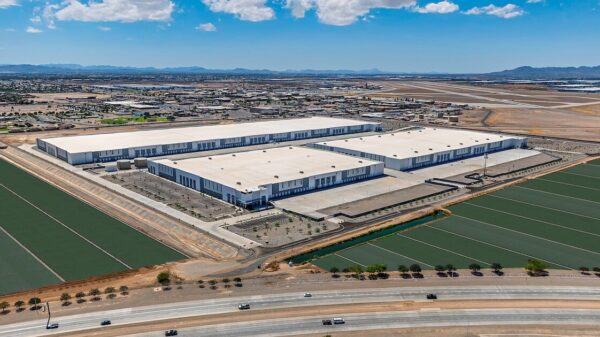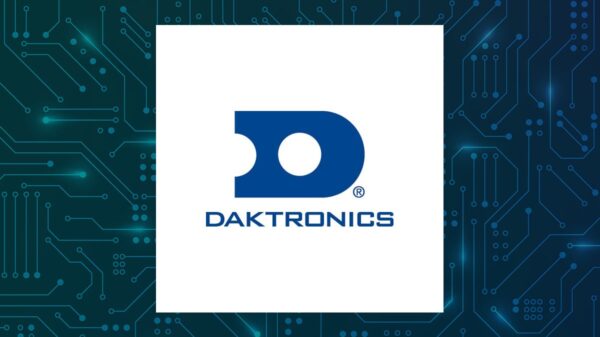URGENT UPDATE: Goldman Sachs has just announced a troubling forecast for the US economy, warning of an era of “jobless growth” fueled by rapid advancements in artificial intelligence (AI). The investment bank’s analysts urge immediate attention as the economic landscape shifts dramatically.
In a note released earlier today, they highlighted that while productivity is surging, the traditional job market is suffering. The report indicates that the US economy may be caught in a cycle where soaring productivity does not translate into job creation, raising alarms for workers across various sectors.
The data is stark: in September 2023, the private sector lost 32,000 jobs, as reported by ADP. This trend is concerning, particularly as job growth outside the healthcare sector has begun to decline. Goldman Sachs analysts noted that corporate leaders are increasingly turning to AI to reduce labor costs, suggesting a long-term shift that could suppress hiring.
The implications of AI’s rapid integration into the workforce are profound. The analysts warn, “AI is a tsunami that will split the economy in two — and sink anyone who doesn’t adapt.” They emphasize that while some workers may benefit from innovation, many in mid-level jobs could face displacement, similar to past waves of technological disruption.
The report also points out that the current economic growth, reflected by robust GDP figures, may not be sustainable for employment. As Goldman Sachs stated, “The modest job growth alongside robust GDP growth seen recently is likely to be normal to some degree in the years ahead.” This evolving situation suggests that the American workforce must brace for a future where job opportunities are limited, even as companies thrive.
Moreover, the analysts express concerns about the potential for increased inequality. “AI could hollow out middle-income white-collar roles,” they warned, drawing parallels to the impact of automation on skilled blue-collar jobs in previous decades. The fear is that while technology rewards those who can leverage it, it may also squeeze out those in less adaptable positions.
Despite these alarming forecasts, there is a silver lining: the increase in productivity could help keep inflation in check. This aspect may offer the Federal Reserve the flexibility to adjust interest rates, even if unemployment rises.
As the US grapples with uncertainties surrounding job data and the ongoing implications of AI, this Goldman Sachs report serves as a critical wake-up call. The economic environment is rapidly changing, and the traditional job market may never return to its previous state.
Observers and policymakers must now consider how to navigate this landscape, addressing both the opportunities and challenges that AI presents. What lies ahead is still uncertain, but one thing is clear: the time to adapt is now.
Stay tuned for more updates as this situation develops.





































































